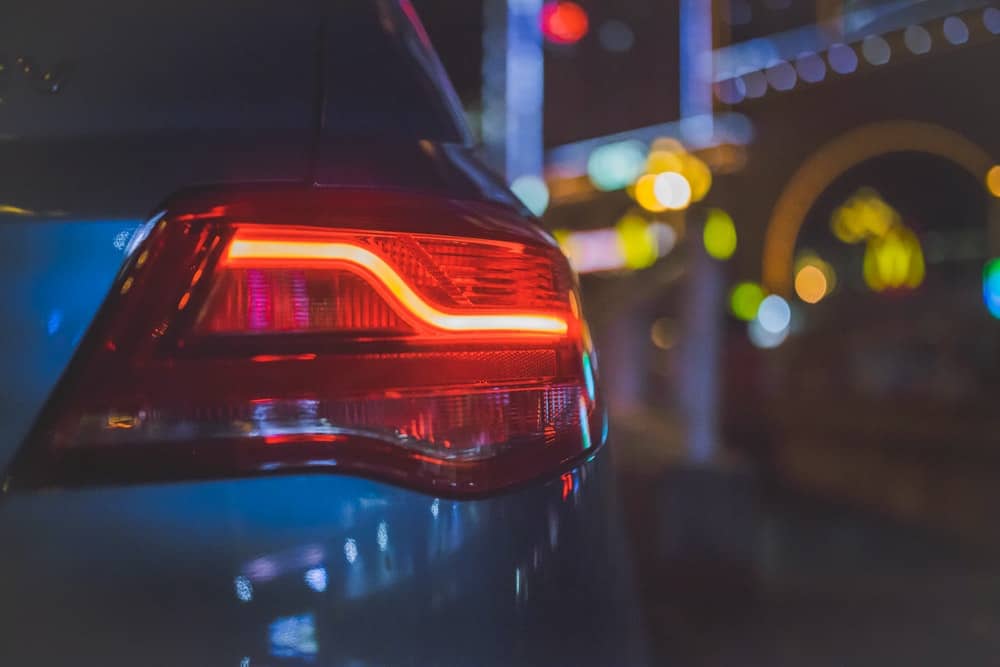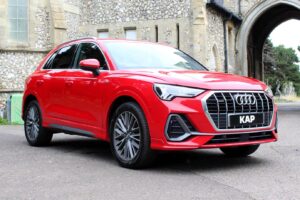This article has been written and provided by Liberty Insurance. #ad
Vehicle and car accidents are well-recognised risks that is associated with driving. Most people know someone who has been involved in an accident or crash, while some have even experienced it themselves.
In this blog, Liberty Insurance are here with some straight advice to help you out should the unexpected happen. These pointers are, naturally, only relevant if this is a minor car accident and there are no injuries. If it all looks more serious, call the emergency services immediately and follow their instructions carefully.
Here is Liberty Insurance’s guide on what to do after a car accident

Stop the Vehicle After Impact
Immediately after an accident, you must bring the vehicle to a complete stop. If the accident has occurred in a location that is extremely dangerous or where it is obstructing traffic, move the car only so far that it is in a safer location. This is very important – you do not have to leave it where it is.
Turn Off the Ignition
Never leave a car running after an accident. Once the vehicle has come to a stop, turn off the ignition. Leaving a car running can be a safety hazard, especially if it is a serious crash and there is a risk of fire. Turn on the hazard lights.
Leaving the scene of an accident is a criminal offence
Breathe
You have been in a car accident and are in, or are going into, shock. So, breathe. People are often overcome with adrenaline that may make them feel excessive fear, nervousness, or defensiveness. If your car was hit by another vehicle, you may feel very angry or frustrated so try to regain your calm and before stepping out of the car, stop a moment and take several deep breaths.
Leave the Car and Mark the Scene
Before stepping out of the car, check that it is safe to do so. If the vehicles are in or near high traffic, look for oncoming vehicles. Put out your warning triangle (usually in the boot of the car or with the tyre-changing tools) and any cones or reflective markers to make the accident area more visible to other vehicles. This is particularly important if the crash happens at night or during fog, rain, or at any time that visibility may be low.

Check for Injuries
Check yourself and your passengers for injuries. Look to see if anyone is unconscious or showing physical signs of injury. Ask if anyone is injured or feels unwell. A person should not, however, attempt to administer first aid to anyone without first gaining the consent of the injured person. If possible, do not move or attempt to treat severe injuries until medical personnel arrives.
Call 999
Call 999 or 112 in the event of injuries to ensure that medical services will get there as quickly as possible. The guards will also need to be contacted and informed of the car accident. This is also an important step if you are wondering where to report an accident.
Collect Names
Collect the names of everyone who may have witnessed the accident. This includes passengers in either vehicle. If more than one car is involved in the crash, get information for each vehicle, including names and contact information, such as phone numbers and email addresses.
Exchange Insurance and Driver’s License Information
Ask to view the other driver’s license and take a photo of it on your phone or write down the license number and address. Confirm with the driver that the information on their license is accurate and up-to-date. If the person does not have a valid license, make note that the driver was driving without one. Both parties will also need to exchange car insurance information. The policy number and the name of the insurance company should be written down or, again, take a photo of the disc in the car windscreen.
As with the driver’s license, it should be confirmed that the information is accurate and up-to-date. Also, write down license plate numbers, and the make and model of the cars. At no point during this process should you admit that the accident was your fault. Do car accidents go to court? Yes, many do, and you will need to remember that when talking to the other driver or drivers.

Take Pictures and Notes
Make notes about the accident scene or, ideally, use your phone to take pictures. Photos, notes, or both should be taken of any damage to all the cars involved, the direction that the cars are facing, skid marks, and debris from the accident. Street lights and signs should also be photographed, as should any injuries obtained during the accident.
Wait for the Guards
Wait for the guards to arrive at the scene of the accident. They will need to talk with all parties to write out an accident report and the information contained in the report may be necessary to file your claim. Do not attempt to leave the accident scene until the guards have finished.
Contact your Insurance Company
Finally, contact your insurance provider and let them know that there has been an accident and file your motor claim if you are making one. Provide the insurance company with the information gathered at the accident.
Remember, Liberty Insurance offers car insurance that’s ready for the real world. Find a quote today.






























